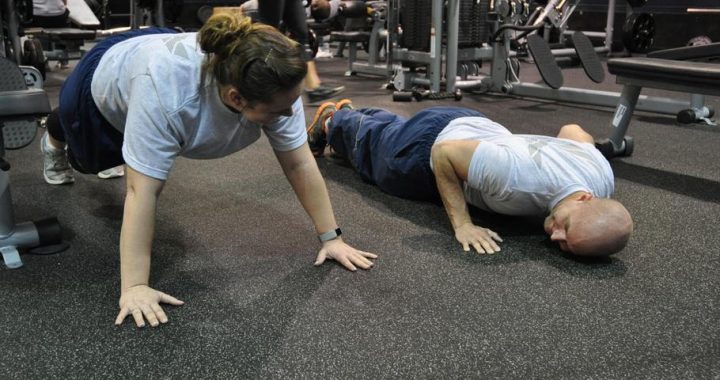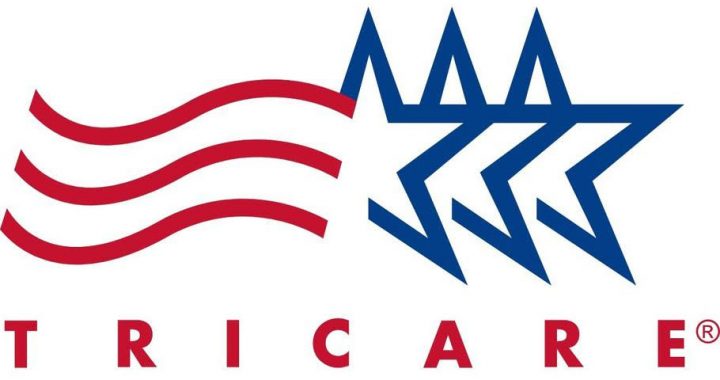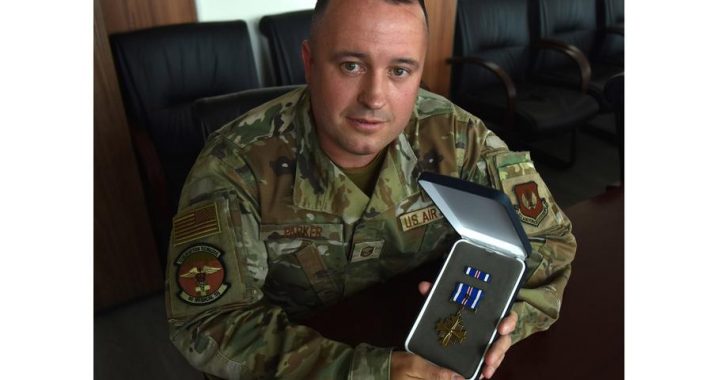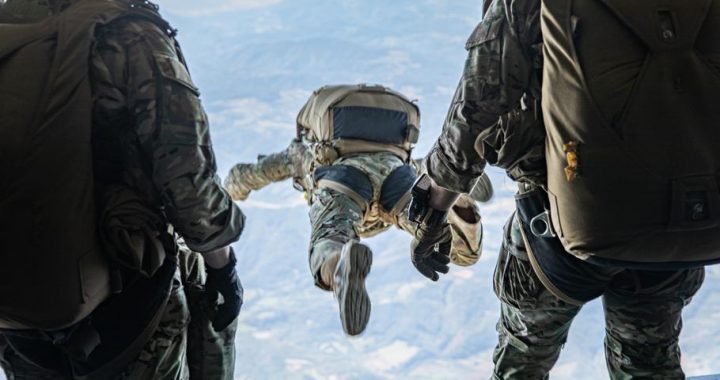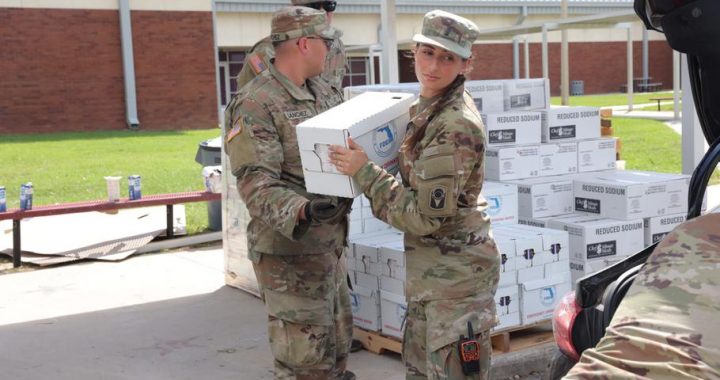Army Reserve Soldiers Team Up With First Responders And Medical Staff During Annual Mass Casualty Exercise
5 min read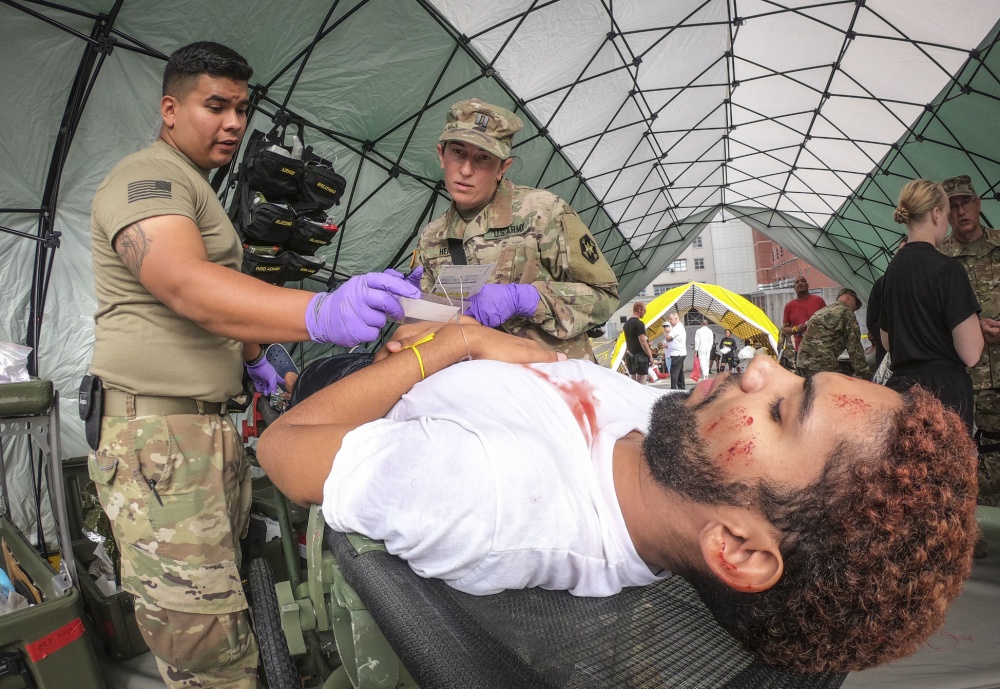
BRONX, NY, UNITED STATES
Story by Sgt. 1st Class Brent Powell
76th U.S. Reserve Operational Response Command
NEW YORK CITY, New York – Recently more than 100 Army Reserve Soldiers, along with local, state, and federal agencies and civilian partners, conducted two-days of consequence management training here in a Chemical, Biological, Radiological and Nuclear (CBRN) Response Enterprise Joint Training Exercise.
Now in it’s third year, the annual event included mass casualty decontamination, medical operations and CBRN reconnaissance, all conducted with the goal of increasing interoperability of the units involved by providing insight into how to integrate with other emergency responders during a CBRN incident response.
The complex training event involved personnel from the New York Fire Department, civilian medical professionals from the Jacobi Medical Center, Soldiers from the 413th Chemical Company, 457th Chemical Battalion, 415th Chemical Brigade, Soldiers from the 456th Medical Company (Area Support), as well as training coordinators and supervisors from Army North and L2 Defense.
“In years past the discussion by New York City officials was that although they are the biggest city in the country and the most prepared, they would still need the Army’s help in a large scale CBRN event,” said Russell Accardi, director, emergency management programs, L2 Defense. “That discussion sent a good message that this type of training is really important, and in a real incident of this nature, the first responders would count on the Army coming in to provide crucial assistance.”
The first opportunity the Soldiers had to provide assistance this year came in the form of a mass casualty event at the Jacobi Medical Center, where the training scenario involved a real-world, fully-functioning civilian hospital’s local decontamination facilities that were quickly overran with patients, requiring assistance from the Army Reserve elements.
“One of the objectives of this particular exercise was trying to determine if Army Reserve units can be deployed to a civilian hospital to handle mass casualty decontamination in the event the New York Fire Department is tied up and can’t do it,” said Accardi. “Having that capability would be invaluable and would allow the hospital to continue operating.”
Once the training at the hospital began, a constant flow of Ambulances delivered patients to awaiting Army Reserve Soldiers who quickly assessed their injuries, and processed them through one of two decontamination lines depending on the nature of their injuries. The decontaminated victims would then be handed off to medically trained Soldiers for further care, and finally they would be sent to various area hospitals for continued treatment.
“Actually seeing how these operations would be conducted in a real world scenario with our medics having to route the patients back up to the hospital after treatment was very realistic and very helpful, especially since we are used to training in more of an isolated type of environment,” said Sgt. Krystal Walton, shift manager and native of Florence, South Carolina, assigned to the 413th Chem. Co. “I think it’s always beneficial when we can go out into the community and do these type of events. It helps build a relationship with the agencies that we could be working with in the future, and it gives my Soldiers crucial experience, so that if something like this does happen, they are prepared for it.”
One of those getting a close look at the training was Command Sgt. Maj. Jeff Darlington, command sergeant major, 76th Operational Response Command. “This is phenomenal training,” said Darlington. “Transporting victims to the hospital and conducting the training here is adding a level of realism that gives the Soldiers a true feeling of what an event like this would be like. It also helps build their confidence and gives them a better understanding of what it would be like to work alongside civilian hospital staff in a situation like this. I think it’s just phenomenal all the way around.”
Another person closely monitoring the training was Christopher Mastromano, chief executive officer for the Jacobi Medical Center. “I think the training here has been fantastic,” he said. “Its been extremely beneficial to our staff. They are always interested in learning more and knowing how to get this right. Today we had interagency cooperation, we learned from each other and we cross-shared patients, which was a wonderful opportunity for both groups and very unique.”
While many of the Soldiers were busily working at the hospital scene, others were involved in a mock subway disaster with multiple CBRN victims requiring rescue and decontamination. “The subway was a joint entry rescue operation with the New York Fire Department personnel working side by side with the Soldiers, going in, pulling people up to the surface and then conducting decontamination operations,” said Accardi. “It was another great opportunity to do joint training together in an exercise real time, and it benefits the Soldiers because they are not used to being pushed and operating at a tempo that the fire fighters work at. It’s really challenging and a little bit different than what they are used to.”
Whether decontaminating and processing patients through medical triage, or rescuing patients from an underground subway tunnel, those involved in this year’s event seemed to agree it was valuable training. “Overall this training has been amazingly beneficial to us,” said Sgt. Elizabeth Stewart, noncommissioned officer-in-charge of treatment and native of Fremont, New Hampshire, assigned to the 456th Medical Company (AS). “We are seeing first hand what the procedures are in the real world and learning that the civilian medical professionals are just as prepared as we are on the Army side. We are learning from each other and sharing that knowledge during this joint exercise and it is hugely beneficial.”
Nearly all those involved with the event seemed to learn something from the event or simply enjoyed the opportunity to work with others. “I’ve very much enjoyed this training,” said Spc. Ryan Karolides, a triage medic and native of Boston, Massachusetts, assigned to the 456th Medical Company (AS). “To see this incorporated in real world hospital setting was nice and I would like to see our whole unit be able to do this type of training in the future.”
Finding more training opportunities like this is exactly what Darlington is advising his units to start looking for in their local area. “I think we could certainly do something like this on a smaller scale at the unit level with our chemical assets across the united states,” he said. “We really need to start looking outside the box to see how we can incorporate what we do with our civilian partners and start working together before a disaster hits. That way we have a partnership established and a level of understanding of what each others capabilities are. I know it can be done, you just need the right people with the right energy and effort behind it.”
Darlington isn’t the only one looking to the future for more of these joint training events. Those involved with this year’s exercise are hoping to conduct more of this type of training in the years ahead. “We are hoping to do more training like this here in New York City, although we haven’t talked about it yet,” said Accardi. “We don’t want to wear our welcome out, but the training here is so valuable we want to keep it going.”



